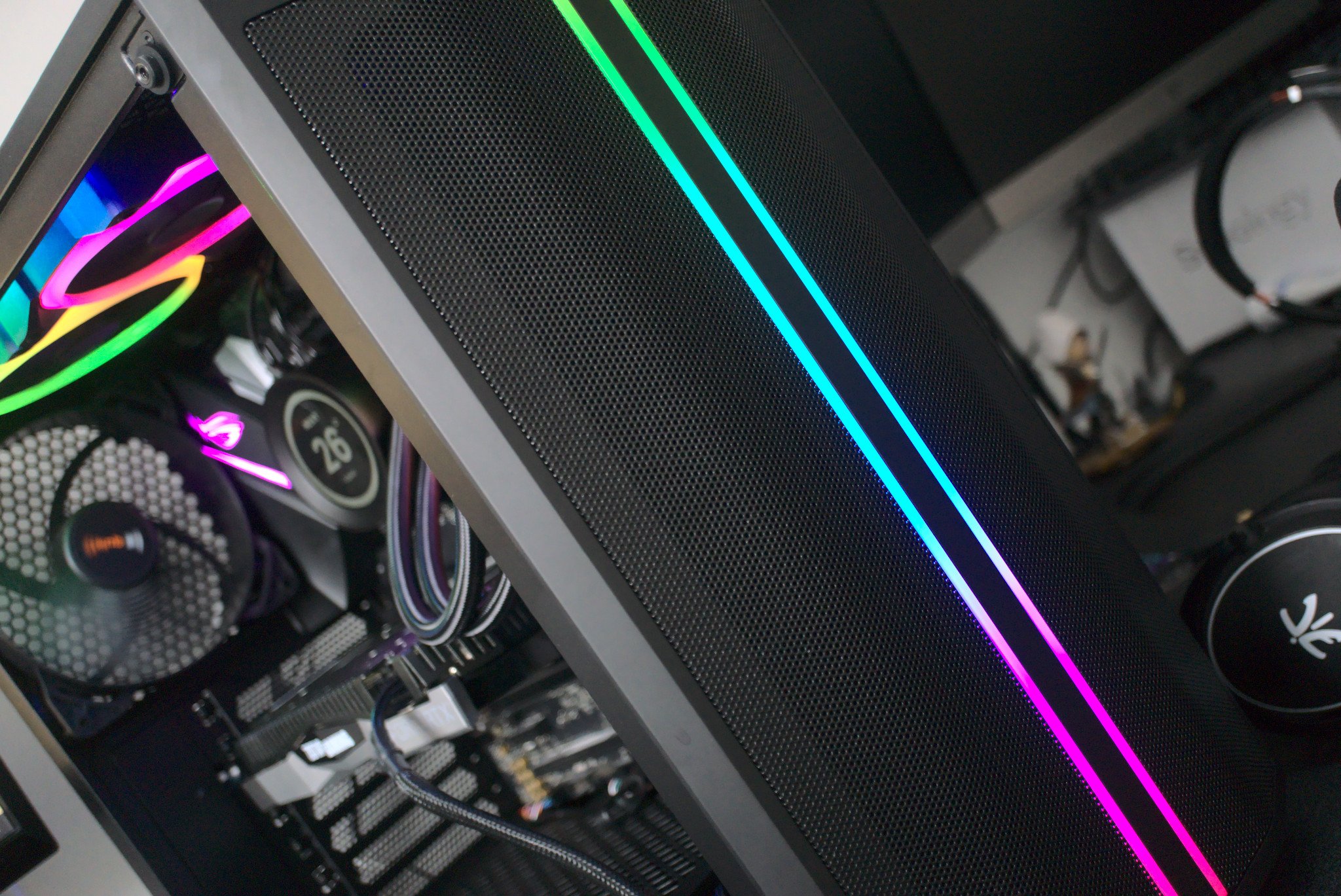PC cases are similar in many ways, aside from looks. However, not all PC cases are built the same, and be quiet! knows more people today are considering essential factors like airflow and space and compatibility with other components. Cue the new be quiet! Pure Base 500DX.
This new mid-tower PC chassis from the German PC builder promises high airflow, plenty of addressable RGB lighting, and compatibility with your favorite AIO coolers for maximum performance. Does it live up to the marketing hype? Is it worth spending the extra money over the existing Pure Base 500?
But before you carry on with the review, do bear in mind the usual pricing for this case, which is around $150, so if you manage to spot the 500DX on sale for promotions like Black Friday for less, you should consider building your next PC inside the chassis. Now, let me run you through how good this case is.
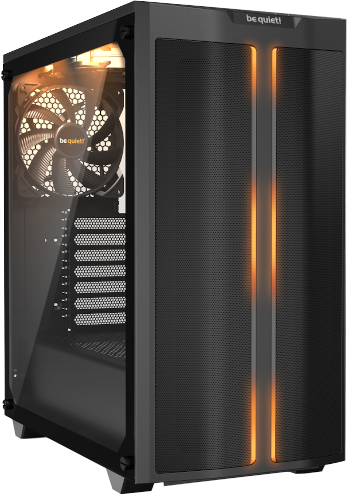
$155Bottom line: The Pure Base 500DX is a fantastic PC case, hitting all the important marks.
Pros
- Amazing airflow
- Stunning design
- RGB lighting
- Radiator support
- Cable management
Cons
- Have to remove front panel for dust filter
- Top filter vibrates with high fan RPM
A beautiful mid-tower PC case

There are plenty of great-looking cases out there that showcase all your favorite PC components to the world, but many of them sacrifice thermal performance. be quiet! understands this all too well, thanks to its lineup of beefy CPU coolers.
| Category | Spec |
|---|---|
| Motherboards | E-ATX ATX MicroATX Mini-ITX |
| I/O | One USB 3.1 Gen 2 Type-C Two USB 3.0 Type-A Headphone/Mic jack |
| Expansion | 7 PCI 2 HDD 5 SSD |
| Fans | Front: 3x 120/2x 140mm Top: 2x 120mm/2x 140mm Rear: 1x 120/140mm |
| Filters | Front Bottom Top |
| Radiators | Front: up to 360/280mm Top: up to 240mm Rear: 120/140mm |
| Clearance | GPU: up to 369mm CPU: up to 190mm |
| Weight | 6.95 kg (15.32 lbs) |
| Dimensions | 450mm x 231 mm x 463mm |
| Materials | ABS, steel, tempered glass |
| Warranty | Three years |
Its PC cases are a little more relaxed when it comes to tight vents and restricted intakes for cooling. Take the impressive full-tower Dark Base Pro 900 (rev. 2) with its massive front-panel intake and impressive radiator support on the top panel. The chassis is built for enthusiast systems, with cooling in mind.
The same goes for the new Pure Base 500DX, which is actually a special version of the existing Pure Base 500 mid-tower, with a few changes to make it even better. Even if you're familiar with the Pure Base 500, it's worth going over these substantial improvements as it switches things up considerably.
The case itself is made up of acrylonitrile butadiene styrene (ABS) steel and tempered glass for the side panel. It's a compact mid-tower chassis, coming in at 450 mm x 231 mm x 463mm and weighs just shy of 7kg. On the front is one of the highlights of the Pure Base 500DX, the massive filtered mesh intake. This is joined by two RGB LED strips down the center.
All the latest news, reviews, and guides for Windows and Xbox diehards.
The left side features the familiar tempered glass panel most PC cases now rock. The right-side is bare. On the rear, we have the usual 140mm fan mount and all the various I/O cut-outs for motherboard and expansion cards. Lastly, the top of the case has support for two 120 mm or 140 mm fans and sports a magnetic dust filter to stop anything falling inside while the PC is powered down.

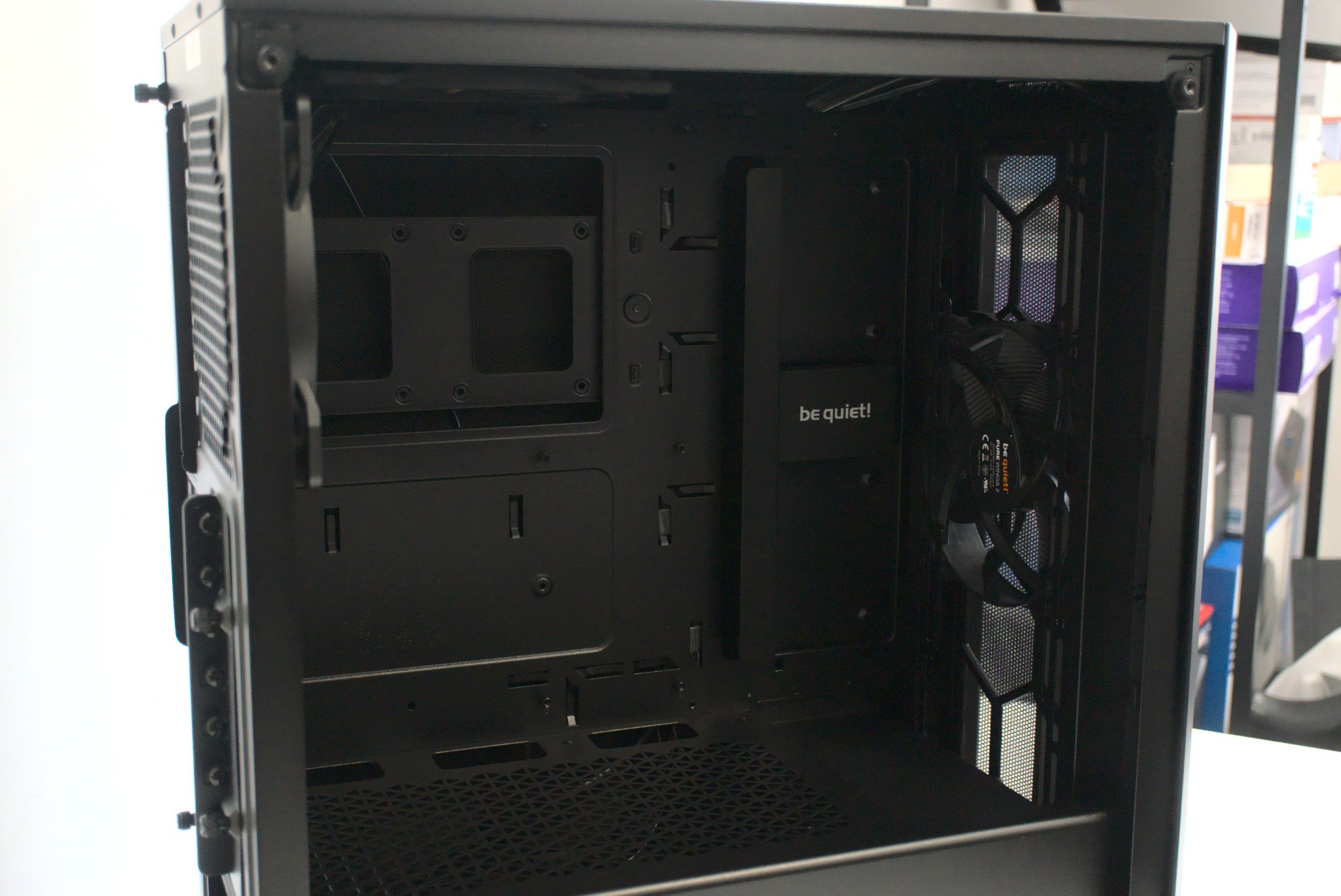
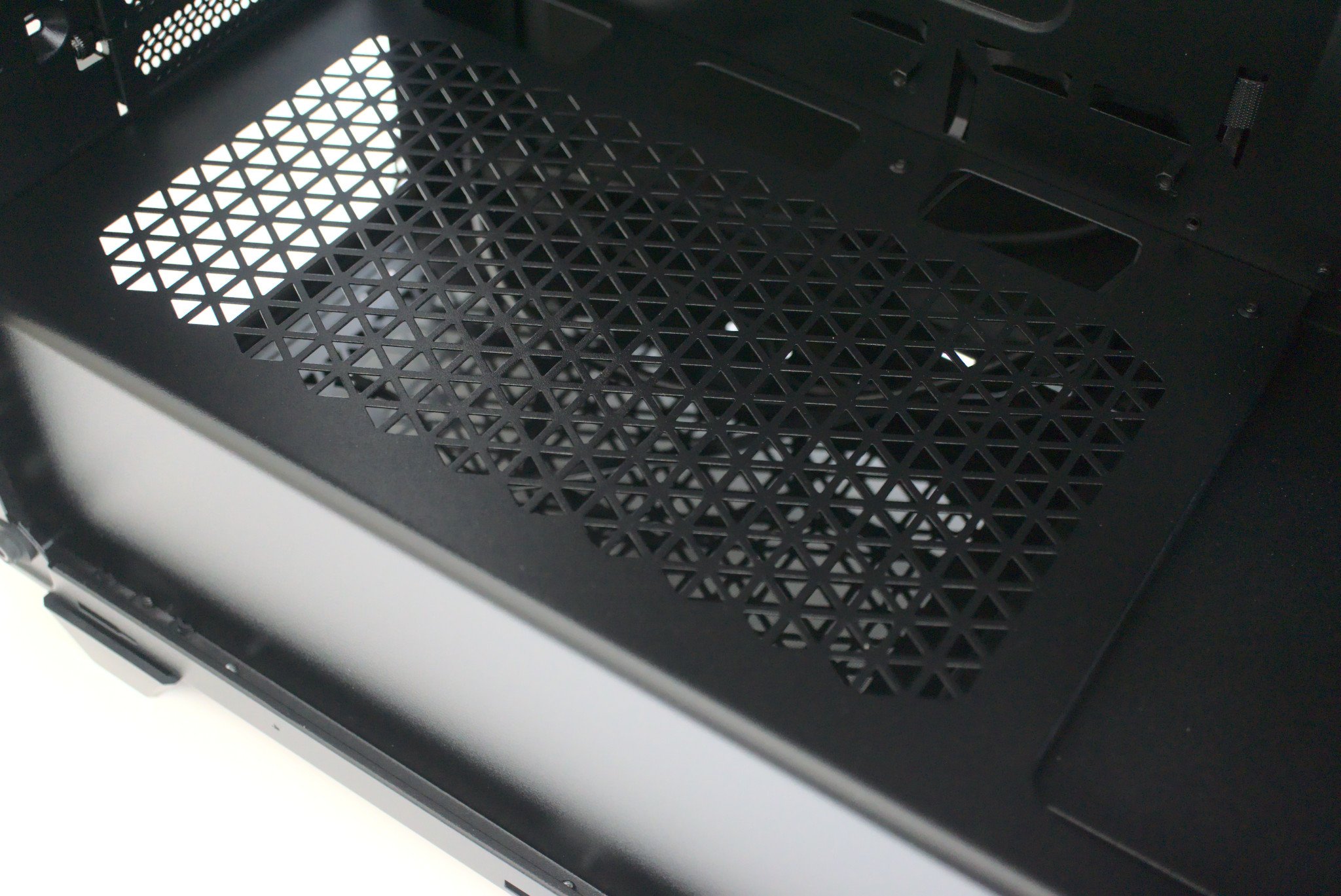
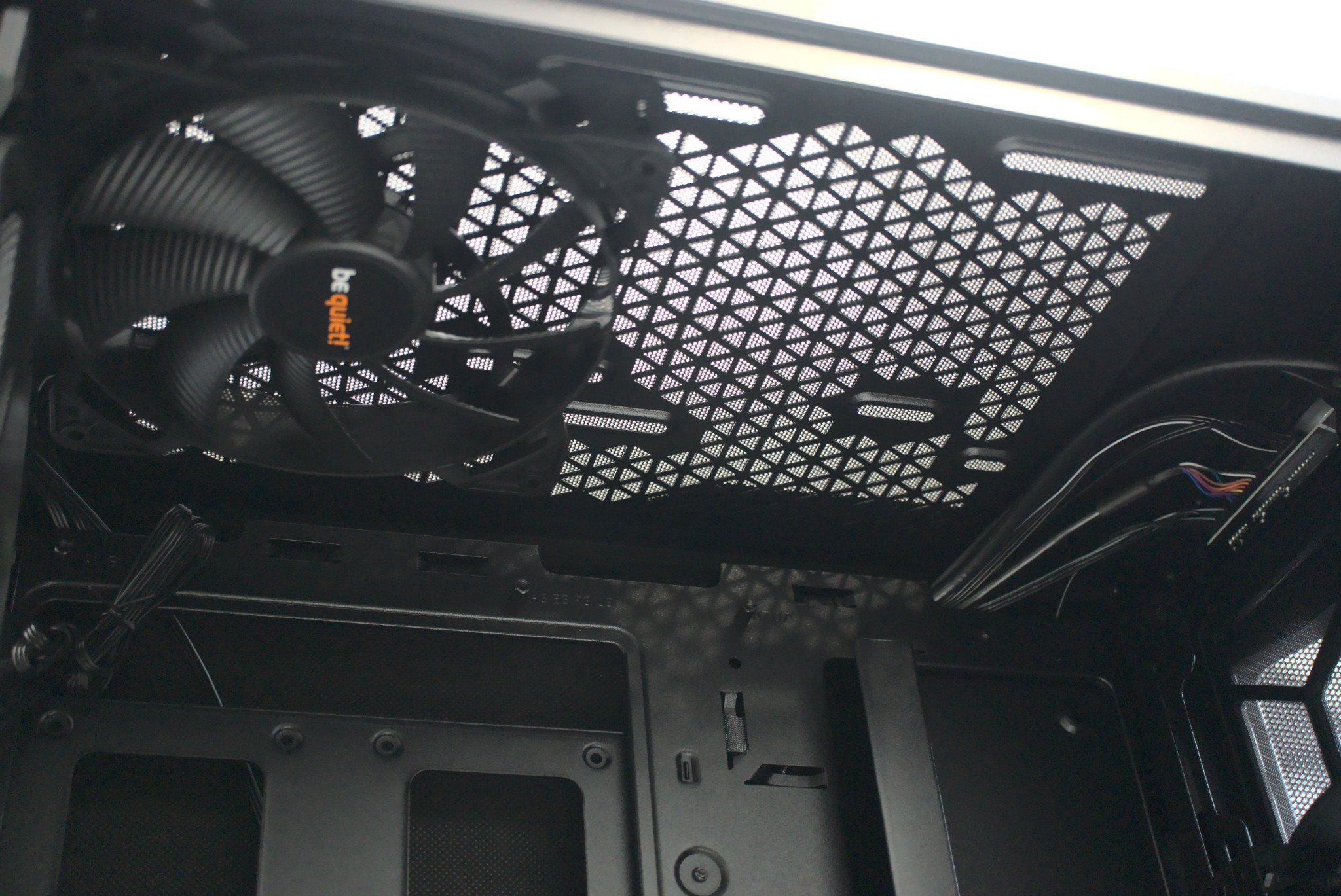
It's a clean design that allows for some degree of customization, especially if you're a modder. And thanks to that considerable intake mesh on the front panel, you can kit this thing out with an AMD Ryzen or Intel Xeon CPU without issue when it comes to providing enough air for installed cooling. In fact, you could even go all out with a custom water-cooling loop.
For cooling, it's possible to install up to three 120 mm or two 140 mm fans on the front, two 120 mm or 140 mm fans up top, and a single 120 mm or 140 mm blower on the rear. Radiator support includes up to 280 mm up top and up to 360 mm (or 280 mm for 140 mm fans) on the front. Regardless of what CPU you choose, you'll likely find it hard to run into cooling issues as far as the case is concerned.
The be quiet! Pure Base 500DX is all about cooling, and the front mesh panel is glorious for hot PC builds.
Moving on from cooling, let's talk over the rest of the spec sheet that builders will need to bear in mind. You've got the usual 7 PCI slot expansion bars, two HDD mounts in a removable cage, alongside five SSD mount options. Dust filters are located on the top, bottom, and front. GPU and CPU cooler clearance is in line with other mid-tower PC cases and should fit most cards and crazy big coolers.
The HDD cage is removable, and you'll need to do so to fit a 360 mm radiator upfront, but so too is the rear shield with be quiet! branding, just in case you wish to fit something else in its place. Note that this shield also acts as an SSD mount for two drives, so if you have a few storage devices to install, you may want to leave it be.
A good-looking chassis that performs well
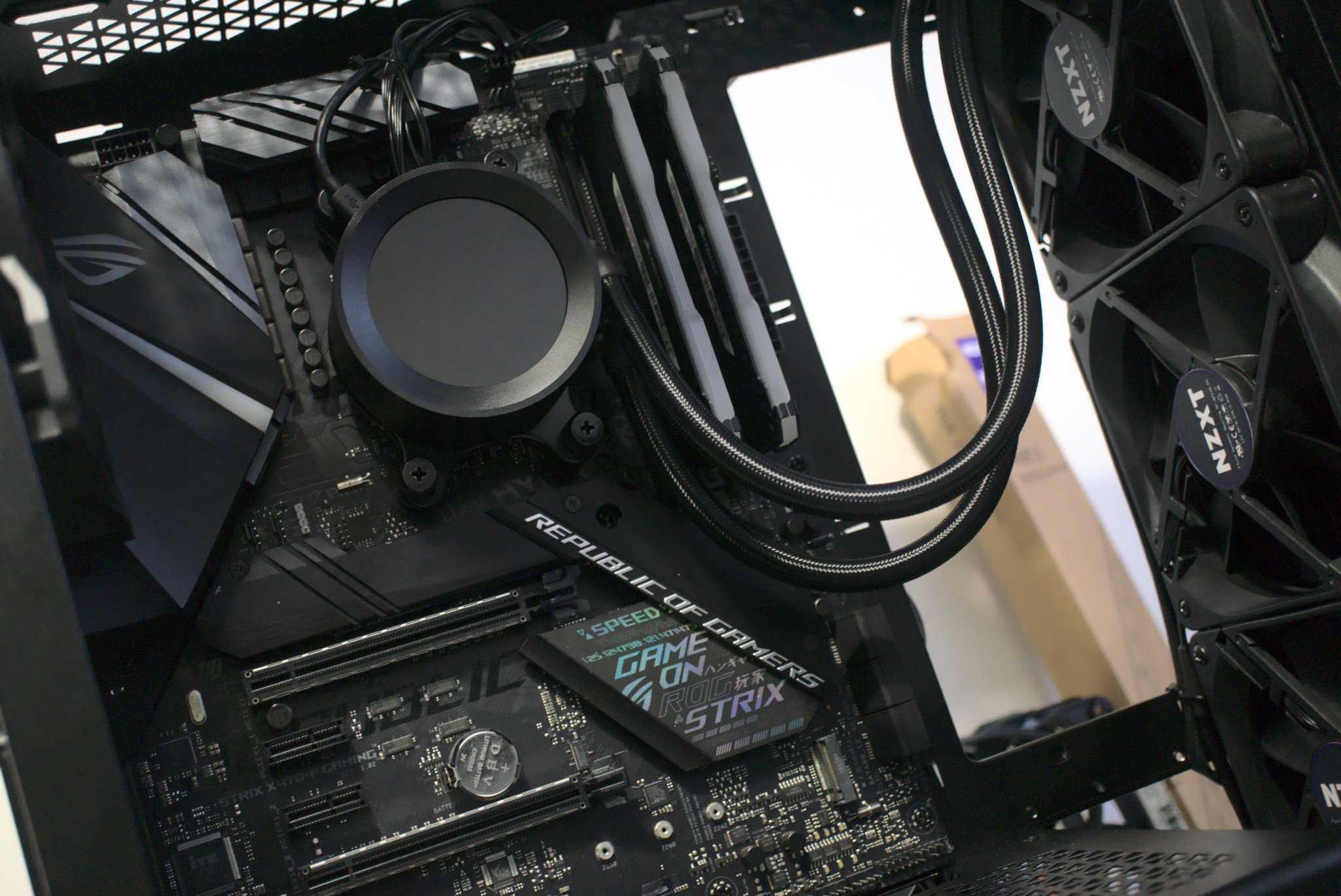
Building a PC inside the be quiet! Pure Base 500DX is a straightforward process. The sides come apart as you'd expect, and everything is easily accessible from within. The PSU mounts to a removable bracket, which makes installation a little less tiresome. Thumbscrews secure the HDD cage and rear panel shield to the main chassis, and you've then got a blank canvas to work with.
Building a PC inside the be quiet! Pure Base 500DX is a breeze.
I decided to fit a full ATX motherboard inside the Pure Base 500DX since that's the form factor most owners will deploy. Everything fit snuggly, and the sheer number of holes on the rear of the motherboard tray for cable management is a joy to see. The two SSD brackets behind the motherboard were chosen for our speedy storage drives.
After hooking everything up and throwing in a ZOTAC RTX 2060 SUPER, it was time to add some additional lighting. The case comes with two RGB LED strips on the front, as well as an additional LED strip inside on the top panel. I decided to add some NZXT magic to the mix and install two of its RGB-addressable fans, as well as some fancy Corsair Vengeance RGB RAM.
To top it all off is the NZXT Kraken Z73. We used this with the Ryzen 9 3900X and it handled the processor without breaking a sweat, and since this case allows for a 360 mm radiator on the front, the AIO was a perfect addition. To effectively manage everything, we attached the NZXT RGB & Fan controller hub behind the main panel shield.
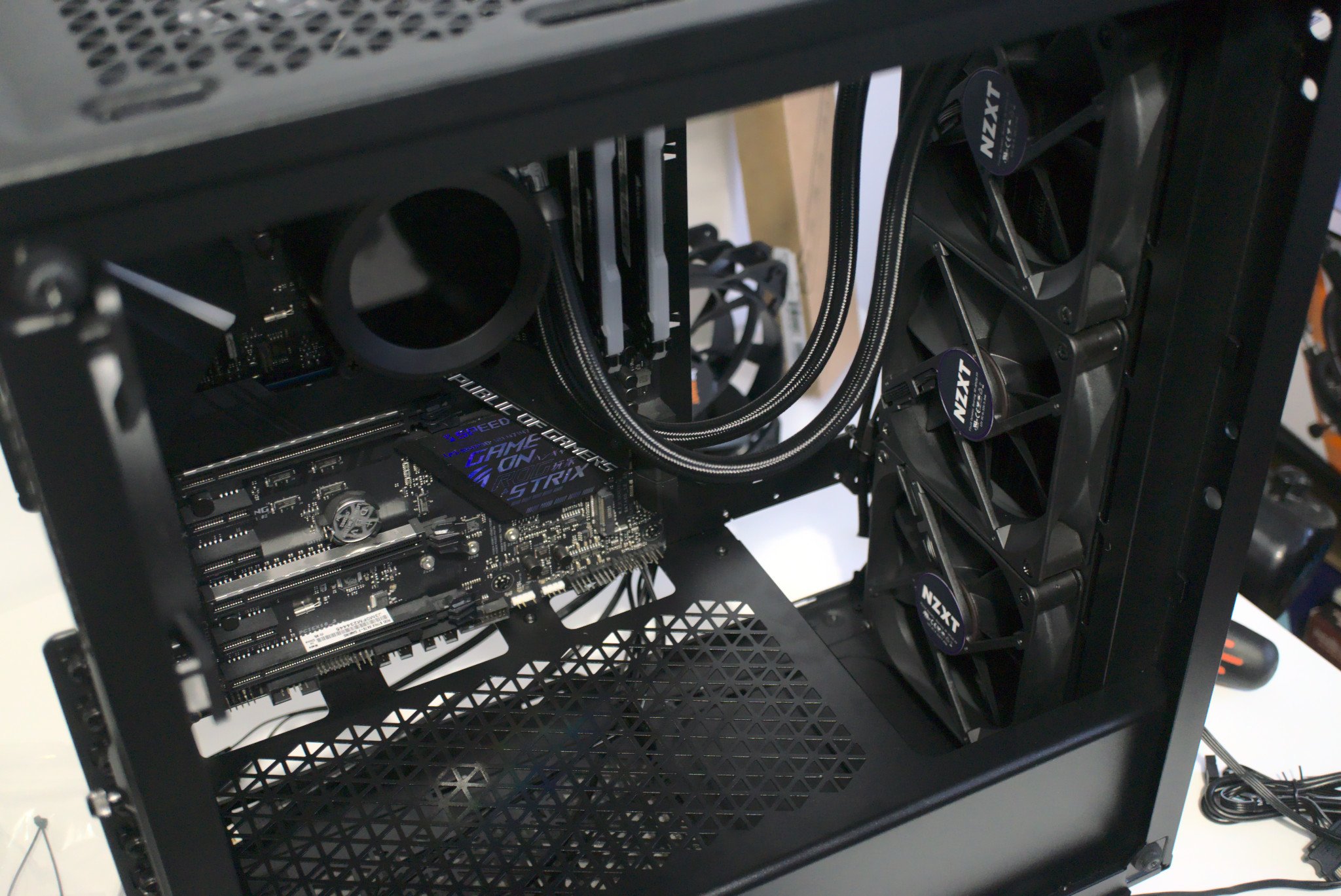
There was a lot installed inside the Pure Base 500DX, but you wouldn't notice if you were unaware. Cables were neat and tidy, and everything was hidden from view. All you could gaze at were the RGB lighting effects throughout the chassis. So the case looks good, and it's a breeze to build inside and even do some modding. But how's performance?
| Category | Idle | Load |
|---|---|---|
| Baseline | 35 C (0 F) | 57C (0 F) |
| Door open | 34 C (0 F) | 53C (0 F) |
That huge mesh front panel is excellent for power-hungry processors like the Ryzen 9 3900X. The Kraken Z73 had no issues drawing as much air as possible through the main front panel and dust filter. The temperatures are well within comfortable operating limits, and you could easily get away with overclocking or even moving into enthusiast processor territory. Using the bundled and pre-installed high-quality Silent Wings 3 fans from be quiet! is also viable.
Sound-wise, there's ample noise dampening, though I did notice since metallic magnets are used to secure the top panel dust filter, and you may notice some vibrations creating considerable noise. The test rig I built had six fans total, and it was only really an issue when the front three 120 mm blowers mounted to the radiator really ramped up. Slightly adjusting the filter solved the issue, so your mileage may vary.
What you may dislike about the be quiet! Pure Base 500DX
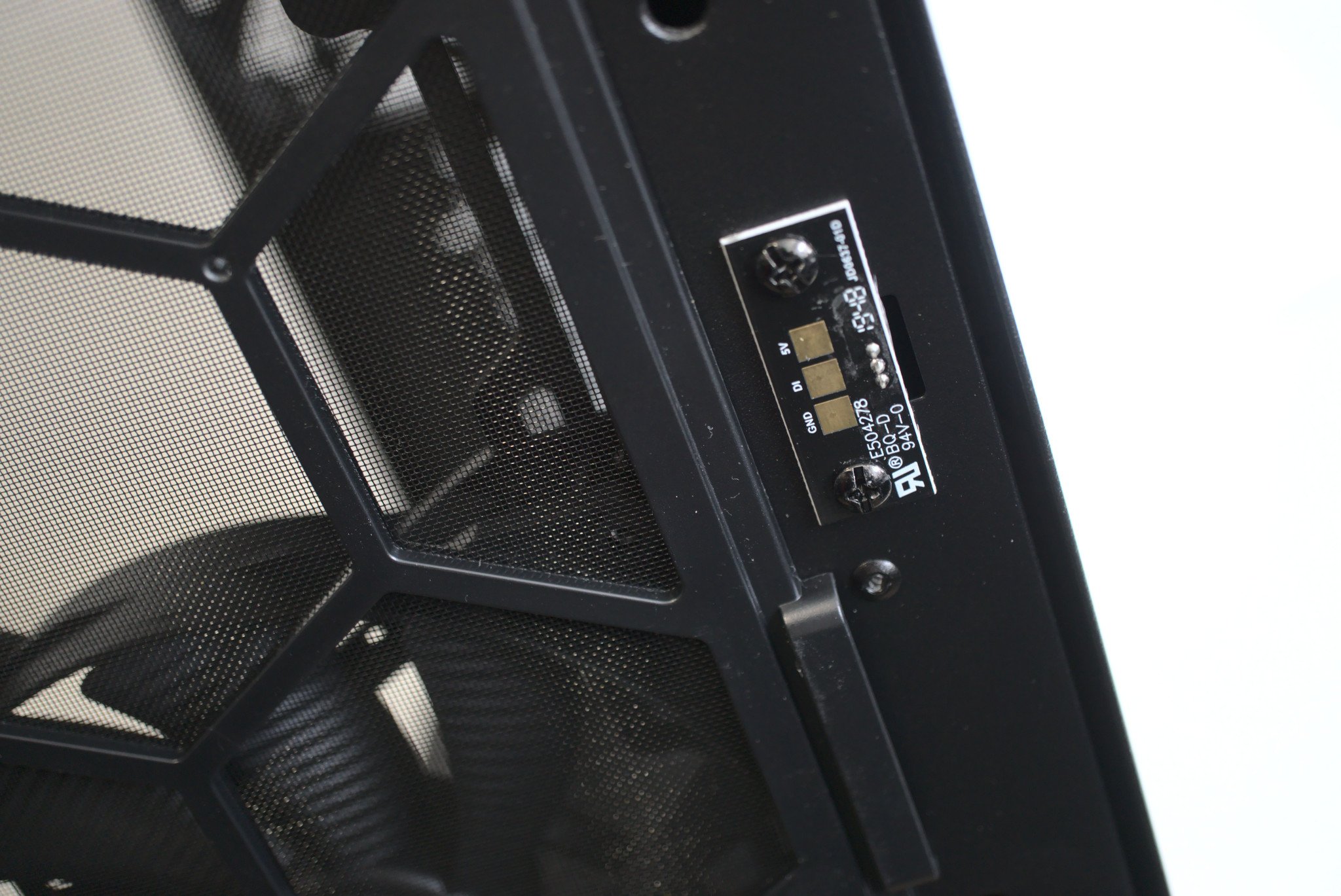
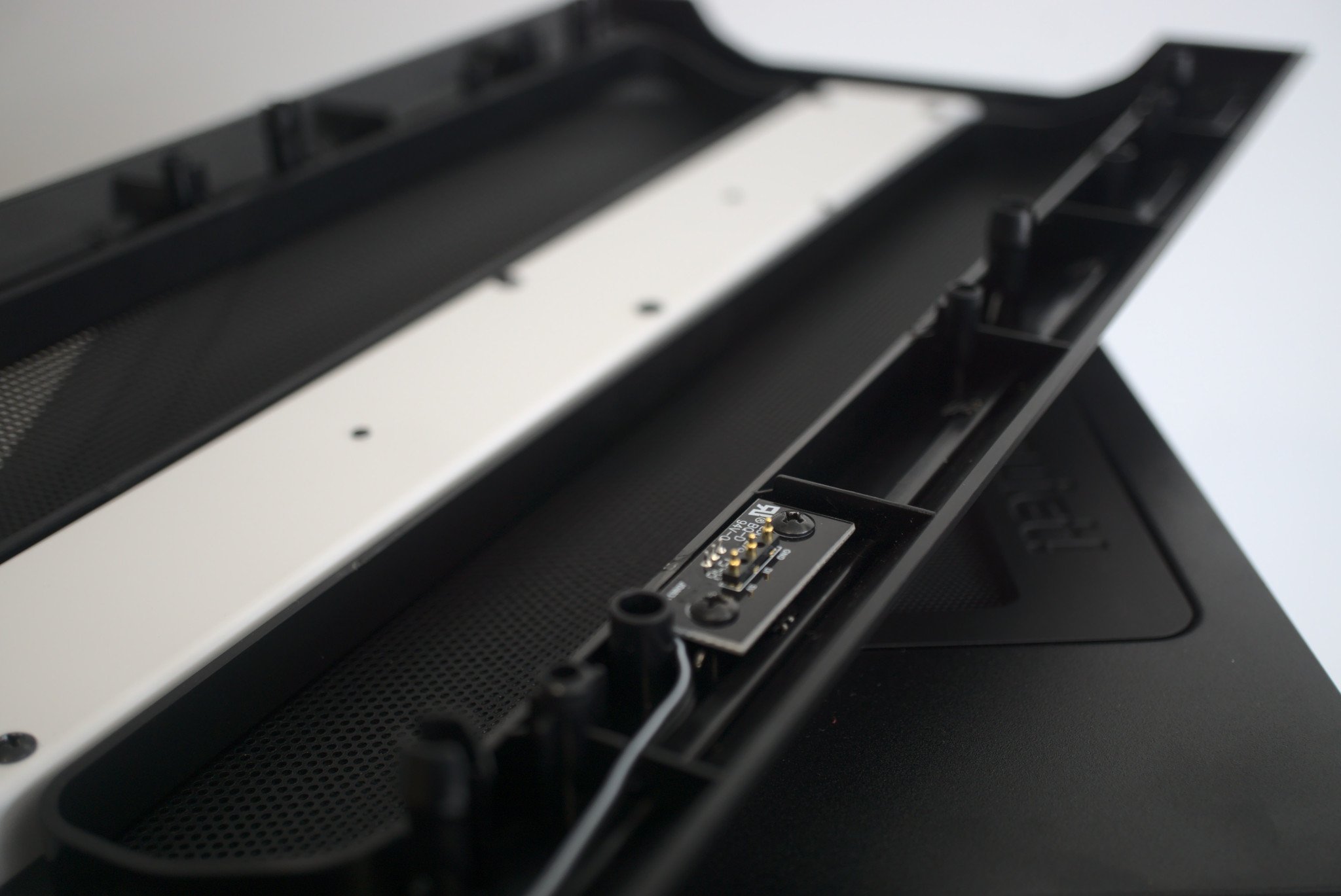
I really don't understand why — in 2020 — be quiet! still uses dated plastic thumb mounts to hold the front panel to the main chassis. There are plenty of magnets throughout the build, and I wonder why a few more weren't thrown in. This wouldn't be an issue if you didn't need to remove the front panel often, but you do.
Overall, this is a killer case.
The front panel dust filter cannot be removed without first removing the panel. This is an oversight I'm baffled with, as so much attention to detail is present with the rest of the case. Keeping your filters clear of dust is incredibly essential for maximum performance and low noise, which is something I'd expect be quiet! to be champions at encouraging.
I would have perhaps liked to have seen that modular PSU shroud from the larger Dark Base Pro series make an appearance here. I think allowing the choice of how the shroud appears for modular builds is an excellent addition to a PC chassis and one I hope be quiet! expands across its product range to better differentiate its own cases from the competition.
So should you buy the be quiet! Pure Base 500DX?
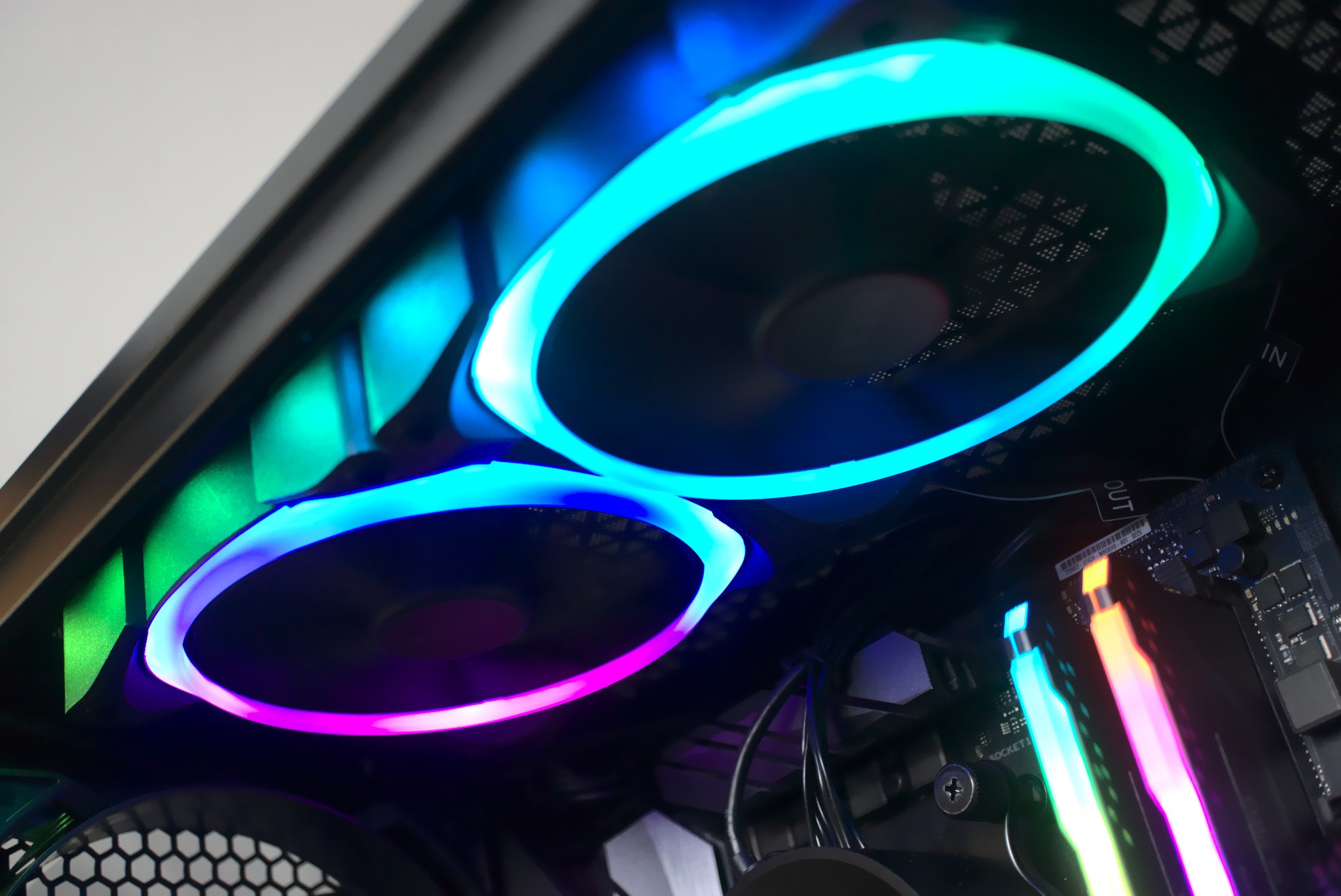
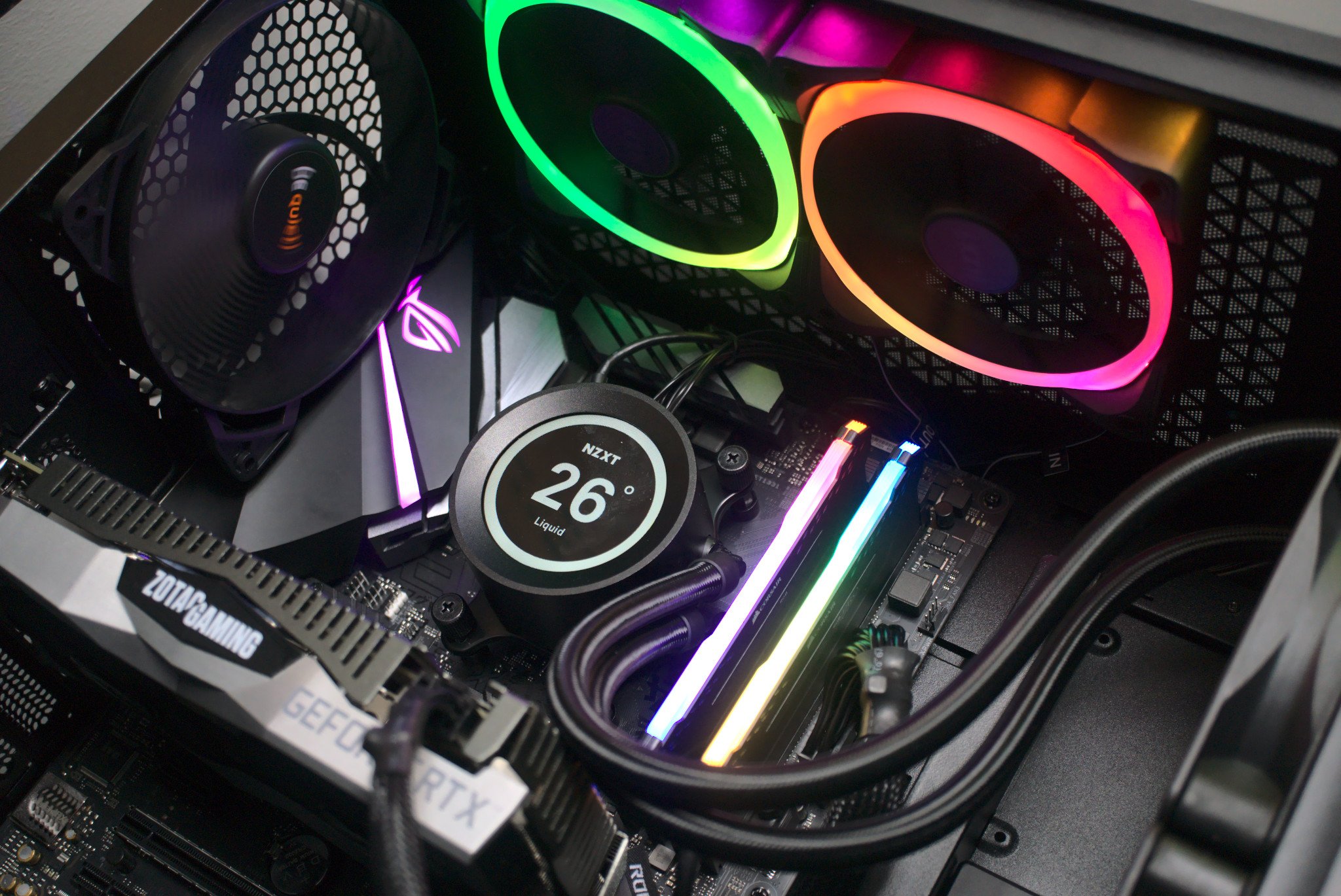
That's an easy one: yes. You should definitely consider the be quiet! Pure Base 500DX when browsing for a new PC case. Should you dig the design and respect the brand, the Pure Base 500DX is a solid chassis to build even the more demanding systems that produce high levels of heat.
The massive mesh front panel is a highlight for those who enjoy putting together systems that not only look the part but also allow for considerable cooling to take place. No one wants to sit beside a machine that sounds like a jet engine spooling up, and be quiet! feels like you shouldn't have to.
There are plenty of options to customize the PC, too, including up to a 360 mm radiator on the front — perfect for custom water-cooling loops — and there are more holes than I could count for cable management to keep the overall finish looking clean. Overall, this is one killer case, let down only by the silly front panel attachment mechanism.

Rich Edmonds was formerly a Senior Editor of PC hardware at Windows Central, covering everything related to PC components and NAS. He's been involved in technology for more than a decade and knows a thing or two about the magic inside a PC chassis. You can follow him on Twitter at @RichEdmonds.
